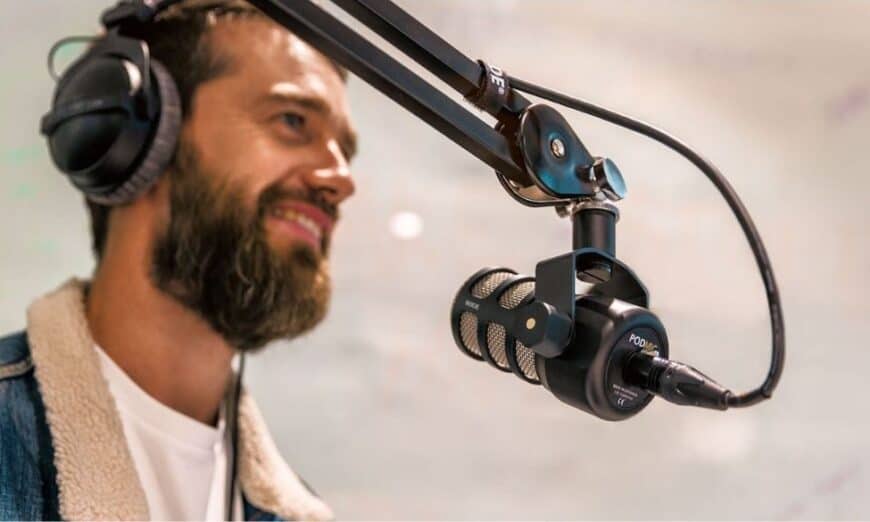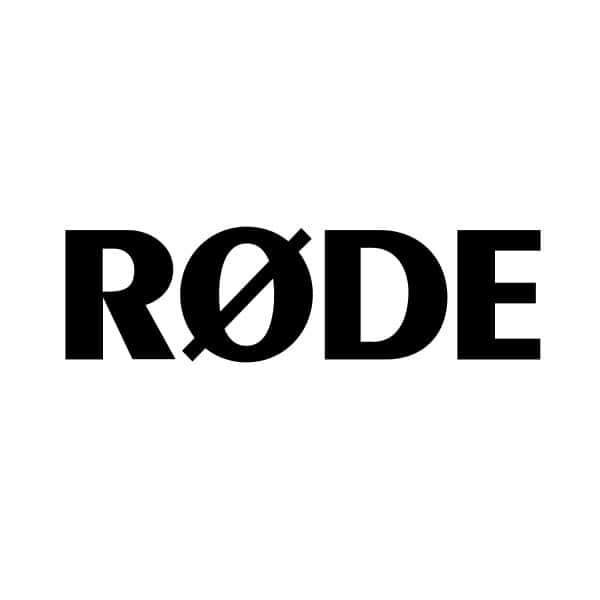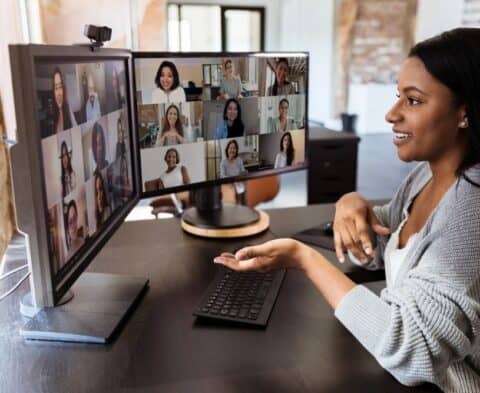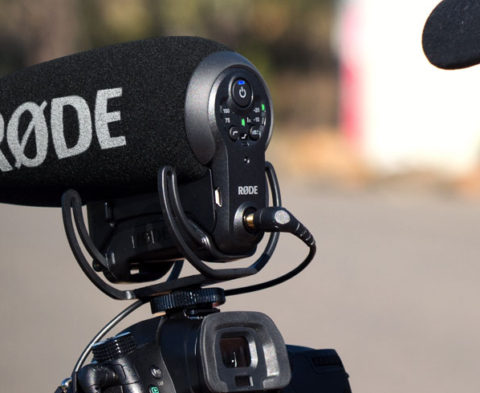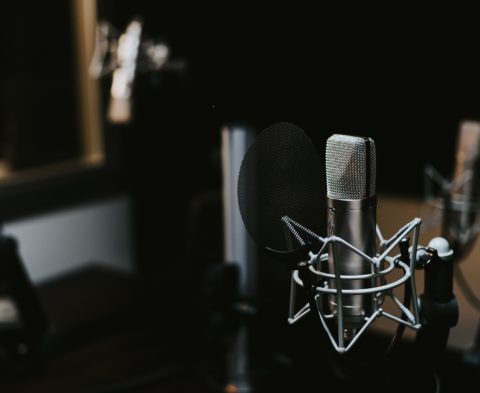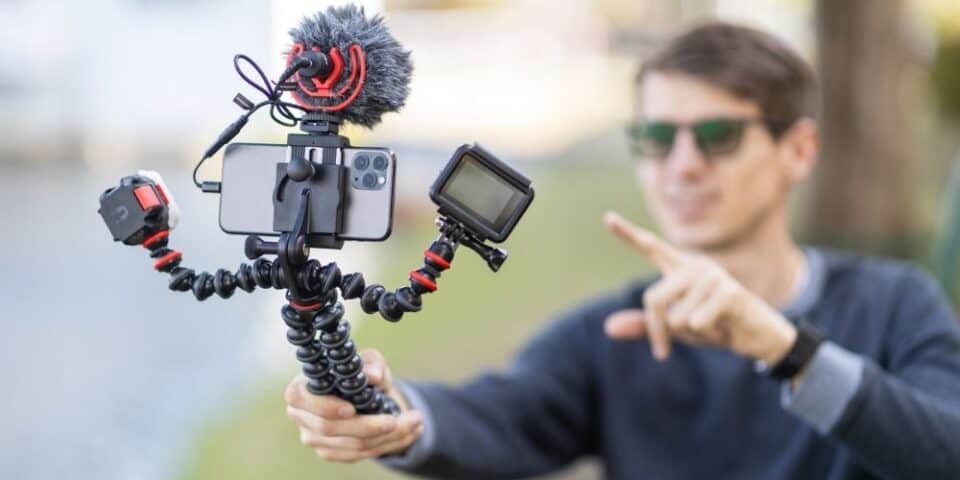If you’re looking to start a podcast but don’t have a whole lot of audio production experience, there are a number of things you’ll need to take into consideration before diving in. These range from finding a space suitable for recording, to choosing a mic, to understanding how you can use different recording devices and techniques.
Don’t be daunted! Learning these things is all part of the fun, and once you wrap your head around these fundamental elements, you’ll be podcasting like a pro in no time.
In the video series below, we’re going to take you through the basics of starting a podcast using the RØDECaster Pro and other RØDE podcasting mics and audio devices, like the NT-USB Mini.
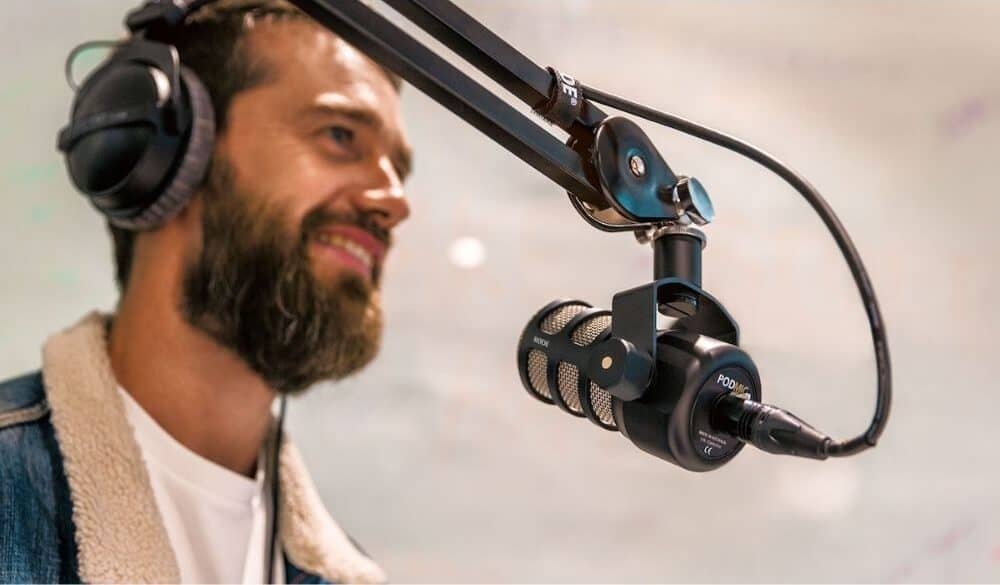
Choosing the Right Recording Space
Before you start your podcast, you’ll need to consider where you’ll be recording. Your environment will have a huge impact on the quality of your audio. A room with lots of reflective surfaces, such as tiles or concrete, will give your podcasts an unpleasant echo and a build-up of problem frequencies. And extraneous noise can be very distracting for the listener. Ideally you want a space that dampens these reflections and is nice and quiet.
Of course, not all of us have a professional-grade studio to work in, and that’s fine. Below we take a look at some different ways to get the best results at home.
Choosing the Right Mic: Dynamic or Condenser
There are two types of microphones commonly used for podcasting – dynamic and condenser. Both are suitable for the job though they have different technical characteristics that may affect your choice, such as sensitivity, extraneous noise rejection, and tonality. Below we take a look at why you may choose one over the other.
Choosing the Right Mic: USB or XLR
You will also need to consider what type of connection your microphone features – USB or XLR. USB microphones, such as the NT-USB Mini or Podcaster, are ideal if your podcast features just one presenter (you). If your podcast features multiple presenters, or you regularly have guests on your show, using an XLR microphone with a multi-channel recorder such as the RØDECaster Pro is the way to go. Below, we look at what will affect your choice in more depth.
Mic Technique
Now that you’ve chosen your recording space and microphones, you’ll want to practice using the correct technique to get the cleanest, clearest recording possible. Below we take a look at some of the key things you’ll want to consider, including microphone placement and managing plosives.
Recording Your Podcast
Now you’re ready to record your podcast! This is where things become somewhat more complicated. How you approach recording will depend on what kind podcast yours is, where you record, how many guests you have, and what kind of features you need from your recording device. Below we’ll take a look at the different options and how the RØDECaster Pro is the ideal all-in-one podcasting solution.
Adding Sound Design to Your Podcast
Ok, now you’ve mastered the basics, it’s time to look at getting a little more experimental. Adding music, sound effects, pre-recorded interviews or phone calls will give your podcast an extra dimension and make it more engaging for your listeners. Below we take a look at how to do this during post-production in a DAW or on-the-fly with the RØDECaster Pro.
That’s it! With a decent recording space, the right equipment, and a solid understanding of the basic elements of recording, starting a podcast is simple. Now all you need is a great idea. But we’ll leave that to you. Happy podcasting.
This article was originally featured on the RØDE Microphones blog.
